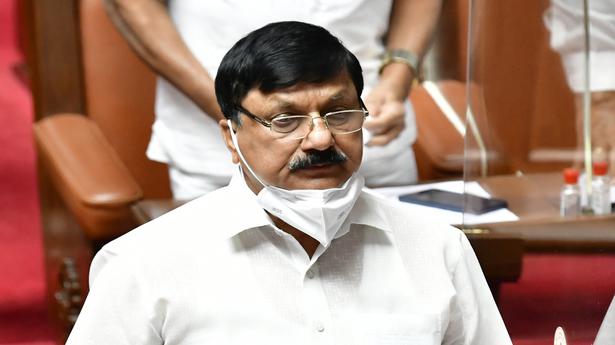
Murder of Hindutva activist: Karnataka Home Minister tells DG&IGP to probe alleged failure of police in Shivamogga
The Hindu
Persons arrested in connection with the murder had been involved in several heinous crimes
Karnataka Home Minister Araga Jnanendra has written to Director-General and Inspector General of Police Praveen Sood to inquire into the failure of the Shivamogga police in the wake of the murder of Hindutva activist Harsha.
Mr. Jnanendra, in his letter to the DG&IGP, said the persons arrested in connection with the murder had been involved in several heinous crimes. They were named in cases registered in Doddapete and Kote police stations. The Minister wanted to know if the police kept proper vigil on them. He told the police chief to submit a report after an inquiry within a week.
Speaking to the mediapersons in Bengaluru on February 22, the Minister said the inquiry should cover the last five years and all the staff who worked in the two police stations in Shivamogga. Besides that, the Minister said the department should also look into allegations that the police too had a role in strengthening anti-social elements in Shivamogga.
Karnataka Chief Minister Basavaraj Bommai told mediapersons in Bengaluru that the government would take a decision on handing over the investigation to a suitable agency at a later stage.
“Our police are investigating the case. The accused have been arrested. The immediate task is to restore normalcy in Shivamogga. Curfew has been imposed. Simultaneously, the probe into the murder is under way. We have to give a chance to the police. Let them complete the investigation. Later, we will think about a suitable agency to take up the investigation,” the CM said.

 Run 3 Space | Play Space Running Game
Run 3 Space | Play Space Running Game
 Traffic Jam 3D | Online Racing Game
Traffic Jam 3D | Online Racing Game
 Duck Hunt | Play Old Classic Game
Duck Hunt | Play Old Classic Game

















